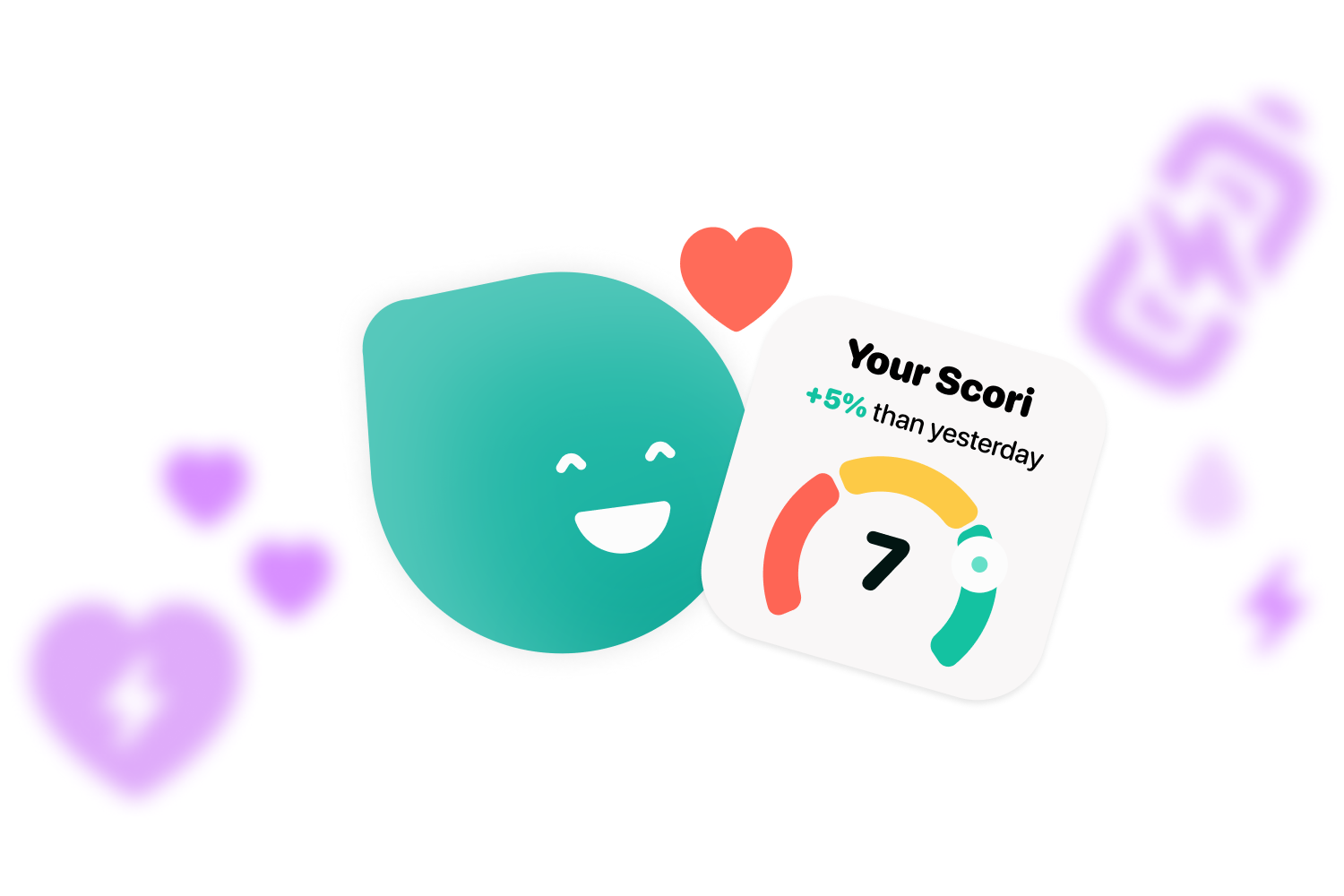If you do not understand the terms very well yet, in this article you will find a diabetes glossary that can be very helpful.
A first diagnosis of diabetes, regardless of the type of diabetes, can be frightening and confusing. Besides having to get used to new routines, such as testing your blood sugar levels or monitoring your meals, you’re going to start hearing a lot of new words that you may not know at all. That’s why in this article you’ll find a basic diabetes glossary to help you understand the 15 most common terms used around this condition.
Blood glucose or glycemia

Blood glucose, or blood glucose, is the first word in this diabetes glossary and perhaps the most important. This term refers to the level of sugar in the blood. These levels come from the food we eat, which is converted to sugar and then moved into the body’s cells to be used as a source of energy.
Prediabetes, type 1, type 2 or gestational diabetes

All of these terms refer to different types of diabetes. prediabetes is the state before diabetes in which sugar levels are high. Already with a diagnosis of the disease, we can find type 1 diabetes, which refers to this condition if it is chronic and type 2 diabetes, which occurs when the pancreas produces less insulin due to external causes such as age or overweight.
In the case of gestational diabetes, this occurs when pregnant women, due to alterations in hormones, have increased insulin resistance, so they begin to accumulate more sugar in the blood than they should.
Continuous glucose monitoring sensors (CGM)

Another word you hear a lot and we will explain to you in this diabetes glossary is continuous glucose monitoring sensors, or, for short, glucose sensors.
These devices are systems that allow continuous monitoring of blood glucose levels through a sensor inserted under the skin and with the help of a monitor or external element that reads the data. The sensors make it possible to easily know the levels without the need for capillary measurements.
Diabetic ketoacidosis (DKA)

When the body does not have the necessary amount of insulin to control blood sugar levels, it is the liver that shifts to breaking down fat for energy, creating acids called ketones. When ketone production is excessively high, that is when diabetic ketoacidosis occurs.
Ketones

Ketones, as explained above, are acids produced by the liver that are intended to get energy in an alternative way.
Lipohypertrophy

Within the glossary of diabetes we also find the word lipohypertrophy, which is the abnormal accumulation of fat that occurs especially in the abdomen, upper back and subcutaneous tissue. This may be due to continuous administration of insulin injections in the same area of the body.
Slow-absorbing carbohydrates

Carbohydrates (or carbs) are the most important source of energy for the body. If we talk about slow absorption carbohydrates, they are called this way because carbohydrates go through a long process in our body to be absorbed and converted into energy, so they are gradually passed into the blood.
Fast-absorbing carbohydrates

In contrast to the previous case, fast-absorbing carbohydrates are those that, in order to be converted into energy, pass through a very short process to be decomposed, so they are rapidly absorbed by our organism.
Fasting glucose

This test, which is usually done as a way of confirming the diagnosis, its objective is to measure blood glucose in a simple and fast way and without having ingested any type of food. This way, the patient’s actual blood glucose levels can be determined.
Insulin

Other of the most important terms in this glossary of diabetes is the word insulin, which is the hormone responsible for regulating the amount of glucose in the blood. This is produced by the pancreas and, in case of not producing it or not producing enough, is when diabetes happens.
Insulin pump

Insulin pumps are small devices that, using a thin plastic tube called a catheter, continually administer insulin to the patient.
Glucagon

Glucagon is a hormone produced by the pancreas, like insulin, which is responsible for increasing blood glucose levels if they are too low.
Hemoglobin A1c

Hemoglobin A1c (or glycosylated hemoglobin) is a diabetes control test that is done by a blood test and determines the average blood sugar levels of the last three months. Thanks to this the doctor or endocrinologist can get an idea of the condition of the diabetes and if treatment should be increased or decreased.
Hypoglycemia and hyperglycemia

Blood sugar levels can be altered by many different factors. These variations are called hypoglycemia, in case blood sugar levels are below the normal, or hyperglycemia, in case they are above.
Units: mg/dL or mmol/L

These two terms, which are part of the diabetes glossary, are different units of glucose measurement. The unit mg/dL refers to milligram per deciliter and mmol/L stands for millimol per liter.
This small diabetes glossary will help you understand the terms mentioned by the doctor and make it easier for you to adapt. In case you want some extra support with diabetes, assistants like Cori will make it easier for you to manage your diabetes by grouping all the data in one application and presenting it in an easy and simple way so that you are able to understand it. Would you like to give it a try?

Become a diabadass!
Join our weekly newsletter and learn
all the tips and tricks.
People with diabetes are especially vulnerable to the dangers of colds and the flu, but there are things you can do to control your symptoms and avoid getting sick in the first place. You may maintain your health even when you’re feeling under the weather by constantly monitoring your blood sugar levels, staying hydrated, getting enough of rest, and adhering to your diabetes management plan. Additionally, you may lower your risk of getting sick and safeguard yourself from any problems by maintaining proper cleanliness, being vaccinated, and generally maintaining good health. Make sure to discuss any worries you may have with your healthcare team for advice and support if you have diabetes and are worried about managing colds and the flu.
If you liked this diabetes glossary, don’t forget to visit the blog and follow us on our social media: Instagram, Twitter, Facebook or LinkedIn.




